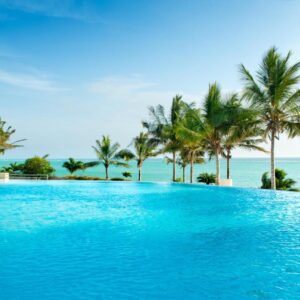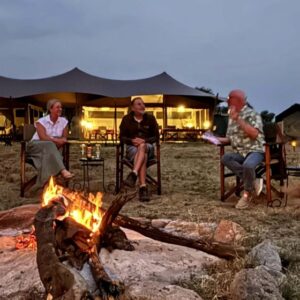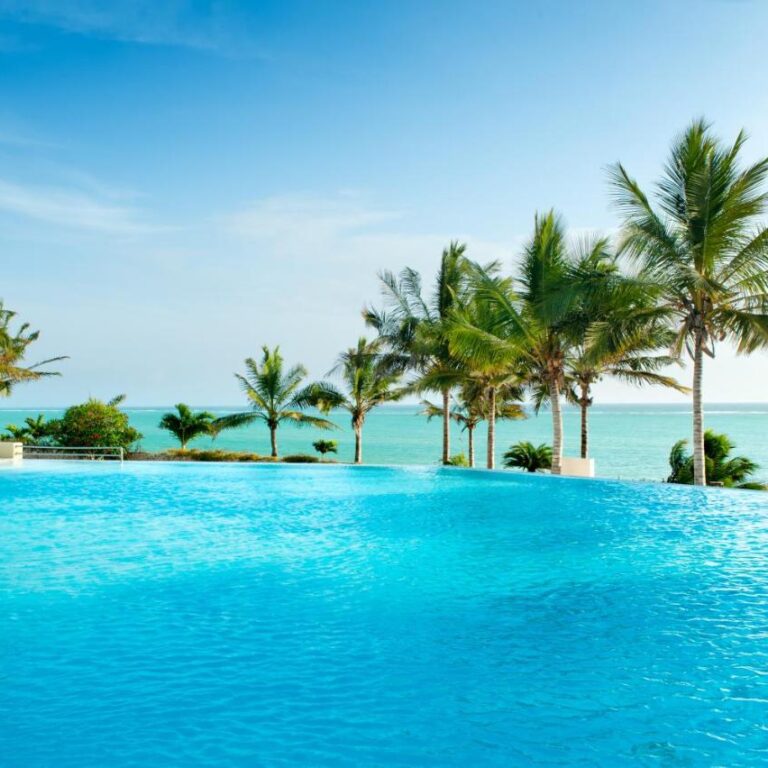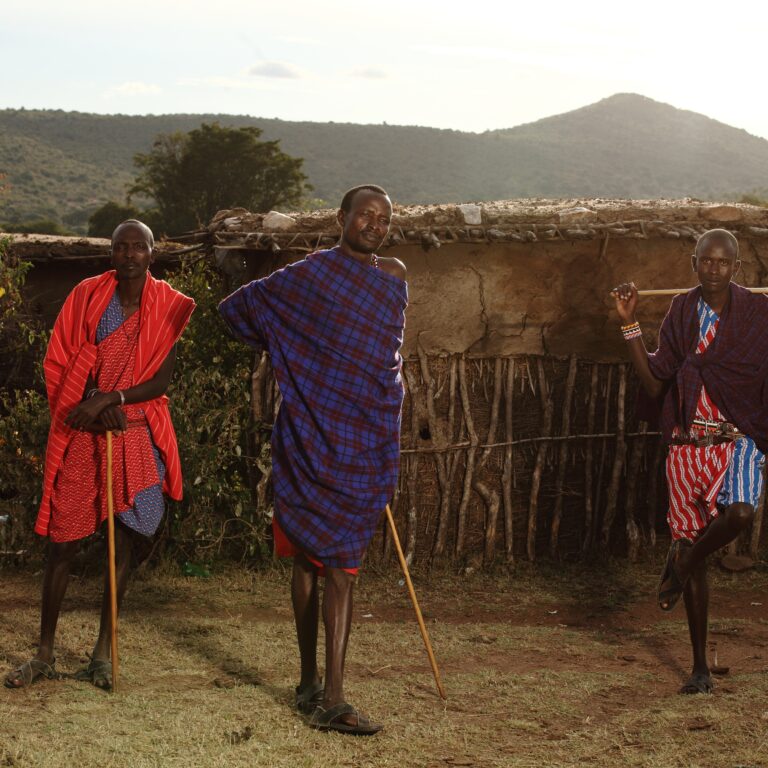Ultimate Kilimanjaro Packing list.
The Kilimanjaro packing list is a meticulously curated set of essentials for a successful climb. Prioritize versatile layers, including moisture-wicking base layers, insulating mid-layers, and a waterproof outer shell. Sturdy, waterproof boots with excellent ankle support are vital. Paired with moisture-wicking socks and gaiters. Equip yourself with a well-fitted backpack for daily essentials and a sleeping bag rated for colder temperatures at higher altitudes.
Accessories like sunglasses, a wide-brimmed hat, and gloves cater to varying weather conditions. Ensure hydration with reusable water bottles and a hydration system. Additional gear, equipment and gear for Kilimanjaro hikes including trekking poles, a headlamp, and a camera for memories, completes the gear and clothing to pack for Kilimanjaro list.
Remember the essentials for hygiene, including biodegradable soap and wet wipes. Plan for temperatures ranging from -15°C to 35°C, adapting your clothing accordingly. This comprehensive packing list optimizes comfort, safety, and adaptability for the diverse climates encountered during the exhilarating Kilimanjaro climb. 10 essential things to consider before climbing Mount Kilimanjaro. Explore what do i need to carry on Mount Kilimanjaro? Discover What are the essentials required for Mt. Kilimanjaro climb? All you need to know about what to bring on Kilimanjaro Climb?
Explore Mount Kilimanjaro Gear List for each routes with best Kilimanjaro outfitters for Lemosho route packing list, Machame route packing list, Rongai route packing list, Marangu route packing list, Umbe route packing list, Northern Circuit route packing list, Shira route packing list.
Kilimanjaro Gear List – Recommendations Clothing for Kilimanjaro Packing List.
- Top Base Layer
- Bottom Base Layer
- 4-5 Pairs of Underwear
- 3-4 Short Sleeve
- 1 Insulated Trekking Pants
- 1-2 Long Sleeve Hiking Shirts
- 1-2 Pairs of Hiking Trousers
- 1 Insulated Winter Jacket
- 1 Polartec Fleece Jacket
- 1 Hard Shell Jacket
While climbing Mount Kilimanjaro, we recommend that you take a medium-sized daypack. You’ll have to pack things complete equipment and packing list for climbing Kilimanjaro packages like wipes, sunscreen, sunglasses, some snacks or food, water, money, a passport, a camera and extra clothing in case you need. The rest of your Kilimanjaro climb gear list clothing and gear goes in a large duffel bag that will be carried by a porter from camp to camp. Guide companies typically require that your duffel bag with gear weighs no more than 33 lbs (15 kilos).
How to Pack for Mount Kilimanjaro + Complete Packing List
What gear and clothing to pack for Kilimanjaro? Pack smart for Mount Kilimanjaro with versatile layers, waterproof outerwear, and sturdy boots. Prioritize essentials like a sleeping bag, trekking poles, and a well-fitted backpack. Consult a complete packing list, ensuring you’re prepared for diverse climates on the challenging ascent.
1. Basic Packing List Equipment for Kilimanjaro Hiking
- Waterproof duffle bag: To carry your main gear. We recommend using a 80-90L duffle bag
- Daypack: A medium-sized day pack, about 30 to 35 liters, is recommended. Smaller capacity, such as 20 or 25 liters,
- Sleeping bag: You will need a 4-season or -20 Deg C sleeping bag and compression sack.
- Water bladder / bottles: Capacity to carry 3 litres of water. Options: 2 x 1.5 liter wide mouth Nalgene bottles or 2 litre platypus + 1 litre water bottle.
- Neck gaiter or scarf: Opt for a versatile and moisture-wicking neck gaiter like the Buff Original. It provides warmth, sun protection, and can be worn in various styles. Lightweight and breathable, it’s ideal for the diverse climates encountered during a Kilimanjaro climb.
- Inflatable Pillow
2. Kilimanjaro Headwear/ Headgear Packing – Gear list
Recommended headwear should bring hat styles for climbing Kilimanjaro include wide-brimmed hats for sun protection, neck gaiters or balaclavas for full-face coverage, and beanie hats for cold weather insulation. These styles ensure comprehensive head and face protection. As you climb higher, you need a warm hat like a beanie. A beanie can also be worn when you sleep to avoid heat escaping through your head.
- Brim hat or cap with neck protection -beanie hats
- Warm hat with ear flaps
- Neck gaiter or “Buff” (very versatile) or balaclavas
- Sunglasses (rated 100% UV protection)
- Ear plugs
- Headtorch (don’t forget spare batteries)
- Contact lenses
3. Mount Kilimanjaro Hands and Feet Gear to bring
- Warm gloves or mittens
- Lightweight Gloves
- Trekking boots + Training Shoes
- Socks: 3-4 pairs of outer socks and 2-3 pairs of liner socks.
- Gaiters
4. Kilimanjaro Upper Body Gear List
- Thermal base layer: 1 x thermal base layer, ideally made from merino wool.
- Short sleeved shirt: 2 x lightweight, moisture wicking short sleeved shirts
- 2 Long sleeve shirt
- Fleece or soft shell jacket
- Insulated jacket
- Hard shell outer jacket
5. Mount Kilimanjaro Legs Gear List
- Trekking trousers: Light or medium weight (x1) trekking trousers
- Leggings
- Hard shell trousers
6. Other Kilimanjaro Packing List assortment of small items
- Plug Adapter
- Camera and spare batteries
- Sun and lip screen
- Toothbrush and toothpaste
- Personal snacks
- Wet wipes and hand sanitizer
- Antibacterial gel
- Pee bottle (optional)
- Passport
- Travel Insurance
- Toiletry Bag
- Insect Repellent
- Lip Balm
- Best Power Bank for Climbing Kilimanjaro: I highly recommend the Anker PowerCore 20,000 mAh power bank for your trip here, which should be enough to keep all your electronics charged throughout the day.
7. Medications Packing List for Acclimatization & Combat Altitude Sickness
- Diamox (Acetazolamide)
- Nifedipine
- Anti Allergies
- Dexamethasone
8. Kilimanjaro First Aids Packing List
- Bandages
- Cloves + goes
- Blusters Plaster’s
- Eye drops
Top tips for Kilimanjaro packing list
- Reduce Kilimanjaro Packing List Cost by hiring: Cut Kilimanjaro packing costs by renting gear locally. Save on baggage fees and invest in essentials only. Hire items like sleeping bags, trekking poles, and jackets upon arrival for a cost-effective climb.
- You will need two bags for Kilimanjaro: Bring a large duffel for porters to carry non-essentials and a daypack for daily essentials on your Kilimanjaro climb.
- The porter bag should be soft as they usually carry these on their heads: Choose a soft duffel for porters on Kilimanjaro; they often carry bags on their heads, ensuring ease and safety.
- Kilimanjaro porters can strictly only carry 15 kg of kit for you: Pack wisely, respecting their efforts and ensuring a safer, more enjoyable climb.
- Travel comfortably by wearing trekking clothes and boots. This saves space in your luggage and ensures readiness for Kilimanjaro exploration upon arrival.
Layer up for Kilimanjaro success.
Multiple clothing layers adapt to varying temperatures, providing comfort and flexibility during the climb’s changing conditions.
- Prepare for Kilimanjaro’s extremes: -15°C to 35°C (5°F to 95°F). Pack versatile clothing layers to navigate the diverse temperatures encountered during your climb.
- Keep your bag organized. Pack multiple sizes of stuff sacks, lightweight dry bags or large refuse bags for keeping your bag organized, ensuring clothing and your sleeping bag stay dry and enabling you to separate dirty items from clean.
- Essential for Kilimanjaro: Waterproof jacket and trousers. Shield against rain and wind, ensuring comfort during unpredictable weather conditions on the ascent to Africa’s highest peak.
Select comfortable hiking boots for Kilimanjaro.
Waterproof with excellent ankle support, they provide comfort during the challenging ascent, ensuring a smoother and blister-free climbing experience.
- Maintain hygiene on Kilimanjaro with biodegradable soap, wet wipes, and a toothbrush. Prioritize cleanliness for comfort and well-being during the challenging ascent to Africa’s highest summit.
- Guard against intense sun on Kilimanjaro with sunglasses, high SPF sunscreen, and a wide-brimmed hat. Protecting your skin and eyes is crucial at high altitudes for a safe climb.
- Stay hydrated on Kilimanjaro with reusable water bottles. Durable and eco-friendly, these bottles ensure a sustainable water supply. We recommend bringing a combination of reusable water bottles and a hydration pack/bladder crucial for the demanding ascent to the summit.








